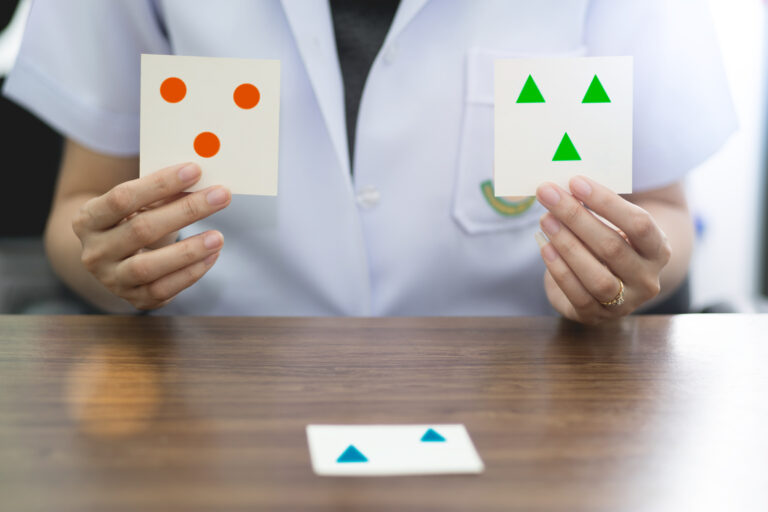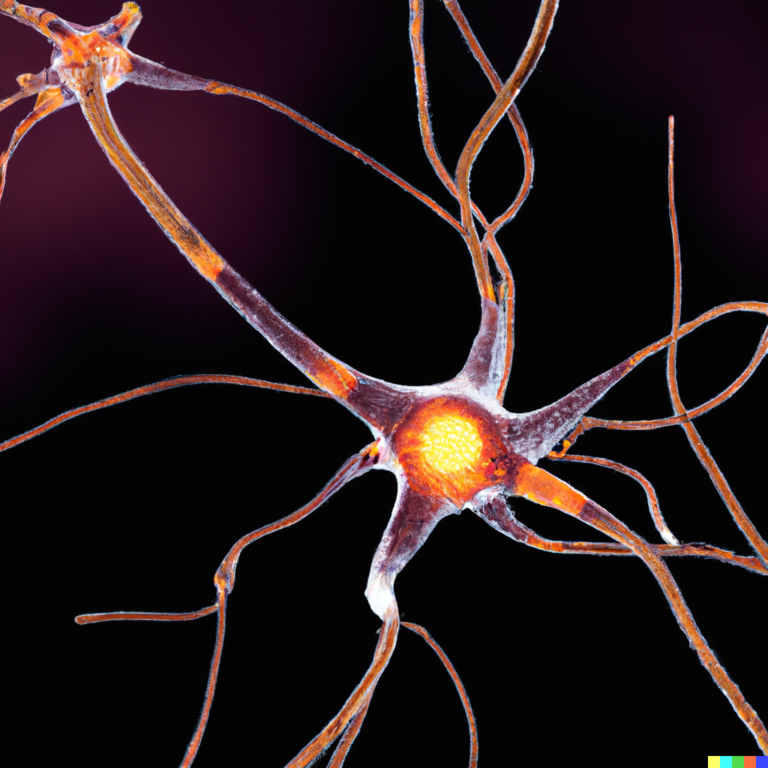Teeth can reveal a lot about your real age because they change naturally over time in ways that are often visible. Unlike skin, which can be covered up or treated with cosmetics, teeth show signs of aging through their color, shape, and condition.
One of the most noticeable changes is the color of your teeth. When you’re young, enamel—the hard outer layer—is thick and bright white. As you get older, this enamel gradually wears down from years of chewing and exposure to foods and drinks like coffee or wine. When enamel thins out, it exposes dentin underneath—a darker yellowish layer—making your teeth look more yellow or dull than before. This natural discoloration happens even if you brush regularly because it’s part of the aging process[5][4].
Besides color changes, the surface texture of teeth also shifts with age. Enamel can develop tiny cracks or become rougher due to wear and tear over decades. Teeth might also lose some translucency and appear less shiny compared to younger years.
Another sign that reveals age is how much wear your teeth show on their edges or biting surfaces. Over time, grinding (called bruxism) or simply using your teeth daily causes them to flatten slightly or chip in places. These subtle changes in shape are clues dentists use to estimate a person’s age.
Sometimes dental health issues linked with aging become apparent too—like gum recession exposing more tooth root area which looks darker than enamel-covered parts; this makes older smiles look different from younger ones.
Even habits formed early on affect how our adult teeth tell our story as we grow older: for example,
– If baby teeth were lost too soon,
– If there was overcrowding causing misalignment,
– Or if certain childhood illnesses affected tooth development,
all these factors influence how permanent adult teeth emerge and wear down later[1].
In short, while people might try whitening treatments or veneers to mask these signs temporarily,
the natural state of your teeth—their shade fading from bright white toward yellowish tones,
the slight roughness developing on surfaces,
and small chips from years of use—
all combine into a unique dental fingerprint that reflects real biological aging far better than many other physical traits could show at a glance.





